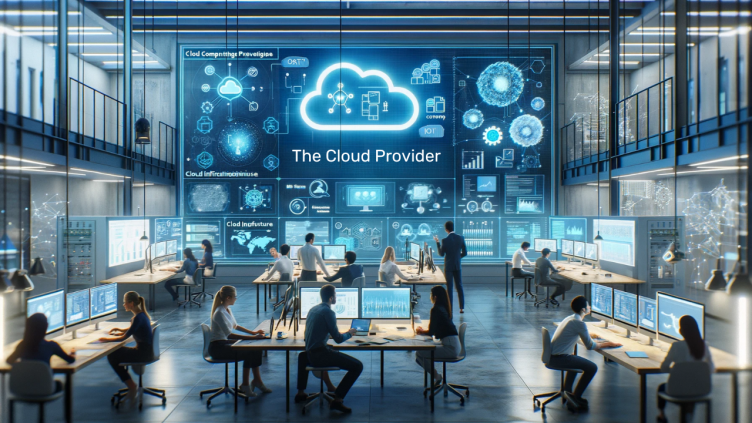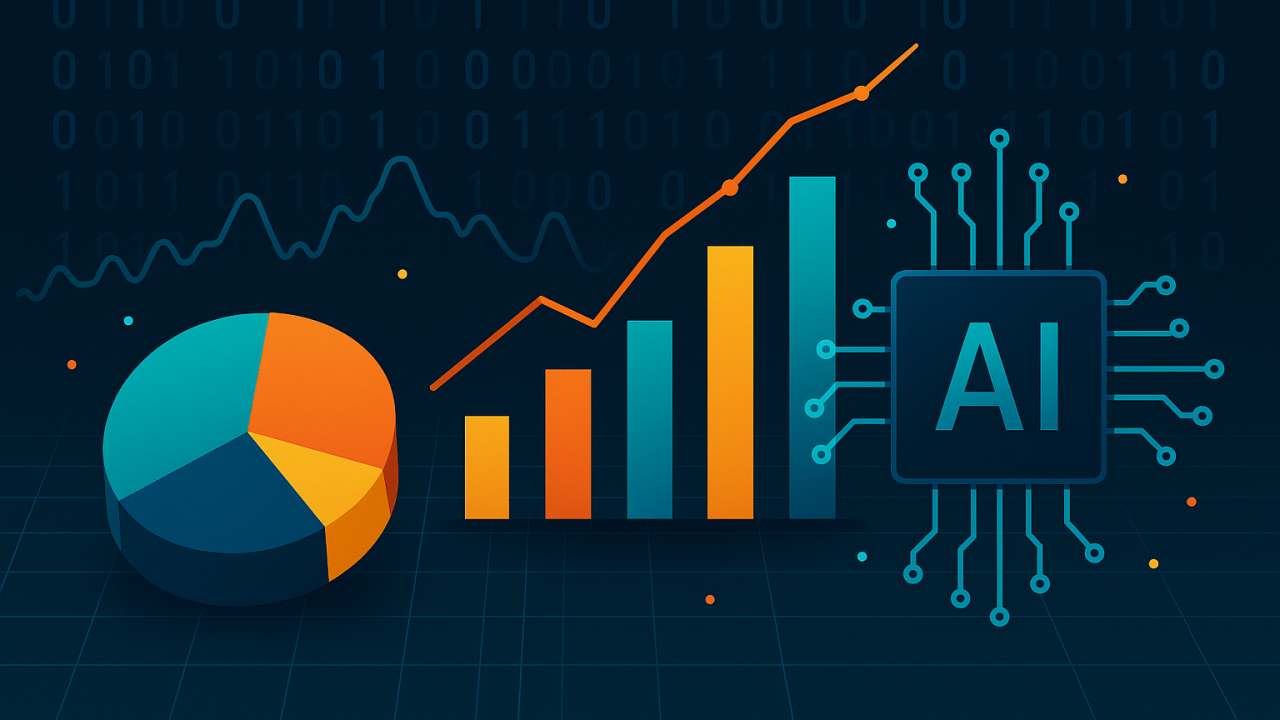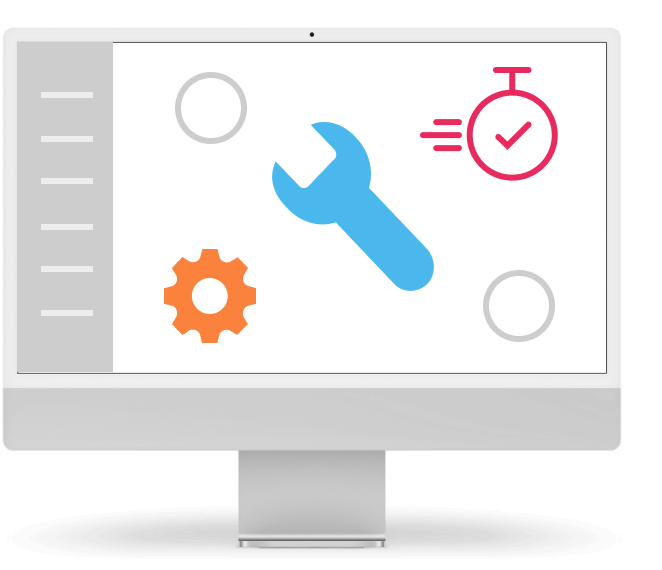Utility computing, on-demand self-service computing and self-provisioning
First there were only servers, then came virtualization and the cloud.
But with the development of technologies, terms that describe them also developed – IaaS, PaaS, SaaS and XaaS (Anything as a Service). But that wasn’t enough either, because suddenly terms like utility computing, on-demand, self-service or self-provisioning started appearing.
What are they actually about? And aren’t they just different names for one technology or system? We will look at that in today’s article.
Utility Computing
It might seem that cloud computing and utility computing are different forms of providing computing resources. But it’s a little different – utility computing is a subset of cloud computing.
Cloud computing generally allows you to get rid of the physical part of the IT infrastructure (a private cloud can be an exception if you decide to have it under your control). Compute resources are provided without CAPEX and most OPEX costs.
But here we have to single out utility computing. This is because it is a way of providing cloud services that are tailored to the customer and are not billed as one fixed item. So we’re actually looking at Pay-as-You-Go IaaS.
So in practice, you use utility computing by ordering processors, memory and disks as a service and in a Pay-as-You-Go format. So resources can be customized and you only pay for what is needed.
On-demand self-service computing
Maybe when talking about on-demand, you will remember renting a movie when you want to watch it. It is similar with on-demand computing. When you want to start a virtual machine or modify an already running one, that’s when you reach for on-demand computing. Perhaps it is beginning to occur to you that a similar idea has been discussed not so many paragraphs ago. And the hunch is right. On-demand computing is synonymous with utility computing.
Self-provisioning
For example, it will be difficult to secure a virtual private server by self-provisioning. First, the configuration is pre-given. Second, the configuration can no longer be moved. Self-provisioning is based on the principle that the customer orders a certain pool of computing resources and uses them as he wishes. Over time, the pool grows with needs, but it is also important to actively work with the used resources so that they do not remain unused somewhere.
And you guessed it, we ended up with the exact same technology again as before.
Back to the roots
The cloud mainly brought a wave of SaaS involvement in the functioning of companies. But as we can see, utility computing, on-demand self-service or self-provisioning are all names for IaaS and similar technologies.
We are experiencing an era of moving away from predefined machines and limited management options and transitioning to an IT infrastructure that gives companies freedom and control.





